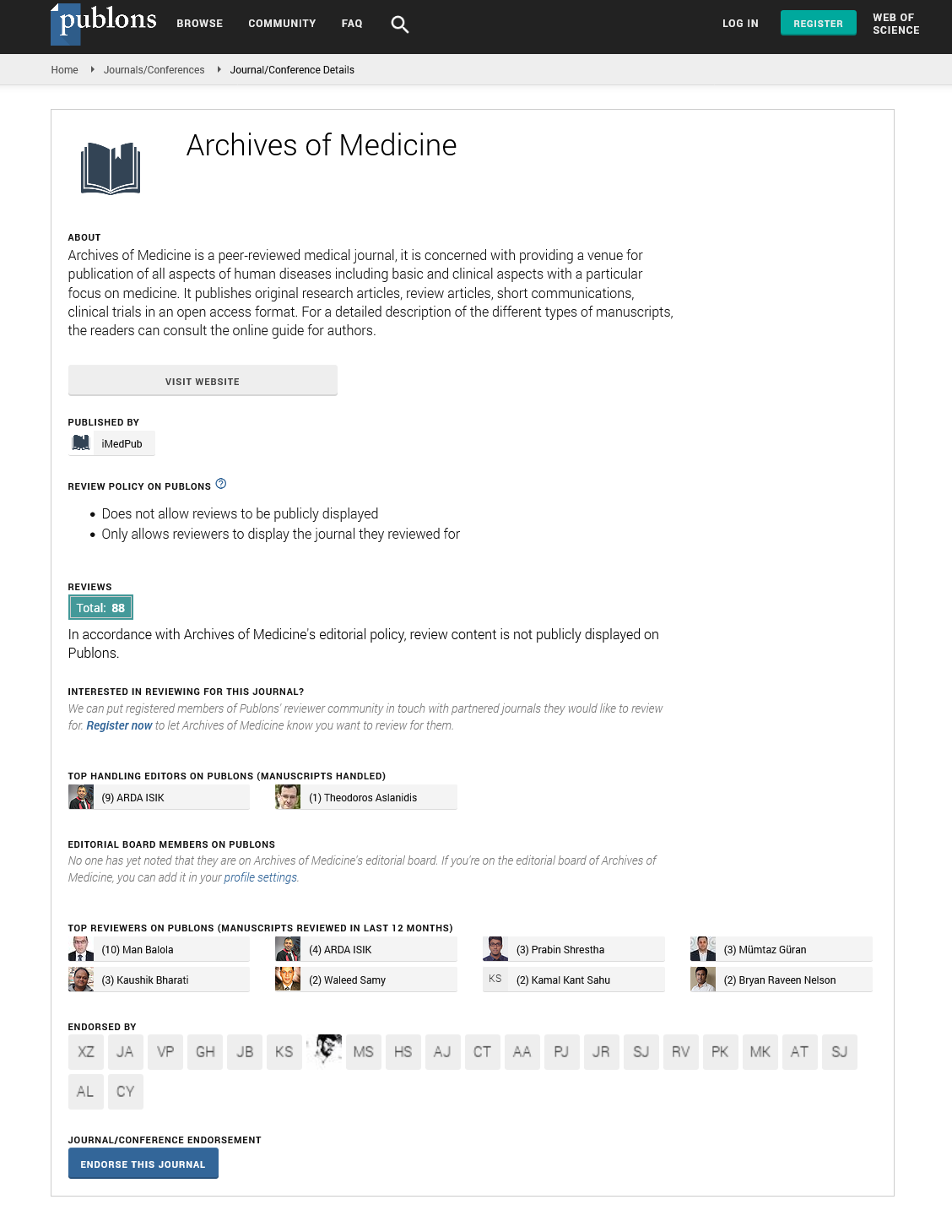Infection
A contamination is the attack of a life form's body tissues by sickness causing operators, their duplication, and the response of host tissues to the irresistible specialists and the poisons they produce.[1][2] An irresistible malady, otherwise called a transmissible ailment or transmittable ailment, is an ailment coming about because of a disease Arthropods, for example, ticks, bugs, insects, and lice, can likewise cause human ailment, which adroitly are like diseases, however intrusion of a human or creature body by these macroparasites is generally named pervasion. (Illnesses brought about by helminths, which are likewise macroparasites, are some of the time named invasions also, however are now and then called infections.)Hosts can battle contaminations utilizing their insusceptible framework. Mammalian hosts respond to diseases with a natural reaction, frequently including aggravation, trailed by a versatile response.[7] Specific prescriptions used to treat contaminations incorporate anti-microbials, antivirals, antifungals, antiprotozoals, and antihelminthics. Irresistible illnesses brought about 9.2 million passings in 2013 (about 17% of all deaths).[8] The part of medication that centers around contaminations is alluded to as irresistible ailment Symptomatic diseases are obvious and clinical, though a disease that is dynamic yet doesn't deliver perceptible side effects might be called inapparent, quiet, subclinical, or mysterious. A contamination that is idle or lethargic is known as an idle infection.[10] A case of a dormant bacterial disease is inert tuberculosis. Some popular diseases can likewise be inert, instances of inactive viral contaminations are any of those from the Herpesviridae family
High Impact List of Articles
-
6th World Congress on Midwifery and Neonatal Care- Conference Announcement 2020
Yacob2020 Conference Announcement: Archives of Medicine
-
6th World Congress on Midwifery and Neonatal Care- Conference Announcement 2020
Yacob2020 Conference Announcement: Archives of Medicine
-
Open Hospitalization and its Implementation in Mental Patients
Tsepa Androniki, Anestakis Doxakis, Ziogas Ioannis, Karypidou Erieta, Zagelidou Eleni, Raikos Nikolaos, Voultsos PolichronisReview Article: Archives of Medicine
-
Open Hospitalization and its Implementation in Mental Patients
Tsepa Androniki, Anestakis Doxakis, Ziogas Ioannis, Karypidou Erieta, Zagelidou Eleni, Raikos Nikolaos, Voultsos PolichronisReview Article: Archives of Medicine
-
The Expression of Cancer/Testis Antigens in Kidney and Bladder Malignancies
Jay Sulek, Eka Goliadze, Shaoqing Zhou, Masoud H Manjili, Amir Toor and Georgi Guruli -
The Expression of Cancer/Testis Antigens in Kidney and Bladder Malignancies
Jay Sulek, Eka Goliadze, Shaoqing Zhou, Masoud H Manjili, Amir Toor and Georgi Guruli -
Representations Concerning Long-Term Use of Benzodiazepines Hypnotics, by Patients Over 65, Treated in General Practice. A Qualitative Study Using Individual Interviews
Laporte C, Vorilhon P, Gibiat P1, Marty L, Authier N, Bottet A, De Rosa M, Dibao-Dina C, Vicens C, Llorca PM, Tanguy G -
Representations Concerning Long-Term Use of Benzodiazepines Hypnotics, by Patients Over 65, Treated in General Practice. A Qualitative Study Using Individual Interviews
Laporte C, Vorilhon P, Gibiat P1, Marty L, Authier N, Bottet A, De Rosa M, Dibao-Dina C, Vicens C, Llorca PM, Tanguy G -
Streptococcus pneumoniae keratitis, a case report
Virginia Bautista Ruescas -
Streptococcus pneumoniae keratitis, a case report
Virginia Bautista Ruescas
Conference Proceedings
-
Using antimicrobial activities of plant crude saps for controlling human pathogenic bacteria
Hazem SawalhaPosters & Accepted Abstracts: Archives of Medicine
-
Using antimicrobial activities of plant crude saps for controlling human pathogenic bacteria
Hazem SawalhaPosters & Accepted Abstracts: Archives of Medicine
-
Study on personalities related to the psychophysiological changes in the introduction of autogenic training
Madoka TakaharaPosters & Accepted Abstracts: Archives of Medicine
-
Study on personalities related to the psychophysiological changes in the introduction of autogenic training
Madoka TakaharaPosters & Accepted Abstracts: Archives of Medicine
-
Prevalence of musculoskeletal disorders according to age and seniority in the job among Algerian construction workers
Argoub Mohammed and Bouhafs MebarkiScientificTracks Abstracts: Archives of Medicine
-
Prevalence of musculoskeletal disorders according to age and seniority in the job among Algerian construction workers
Argoub Mohammed and Bouhafs MebarkiScientificTracks Abstracts: Archives of Medicine
-
Prevalence of musculoskeletal strain in office workers association with working ability and ergonomics
T Sirge, J Ereline, T Kums, H Gapeyeva and M PaasukeScientificTracks Abstracts: Archives of Medicine
-
Prevalence of musculoskeletal strain in office workers association with working ability and ergonomics
T Sirge, J Ereline, T Kums, H Gapeyeva and M PaasukeScientificTracks Abstracts: Archives of Medicine
-
Physical stress management by operative assignment in assembly processes
F Fruggiero, M Fera, A Lambiase and V Di PasqualeScientificTracks Abstracts: Archives of Medicine
-
Physical stress management by operative assignment in assembly processes
F Fruggiero, M Fera, A Lambiase and V Di PasqualeScientificTracks Abstracts: Archives of Medicine
Relevant Topics in Medical Sciences
Google Scholar citation report
Citations : 499
Archives of Medicine received 499 citations as per Google Scholar report
Archives of Medicine peer review process verified at publons
Abstracted/Indexed in
- Google Scholar
- Genamics JournalSeek
- China National Knowledge Infrastructure (CNKI)
- Directory of Research Journal Indexing (DRJI)
- WorldCat
- Proquest Summons
- Publons
- Geneva Foundation for Medical Education and Research
- Secret Search Engine Labs
- Euro Pub
Open Access Journals
- Aquaculture & Veterinary Science
- Chemistry & Chemical Sciences
- Clinical Sciences
- Engineering
- General Science
- Genetics & Molecular Biology
- Health Care & Nursing
- Immunology & Microbiology
- Materials Science
- Mathematics & Physics
- Medical Sciences
- Neurology & Psychiatry
- Oncology & Cancer Science
- Pharmaceutical Sciences

